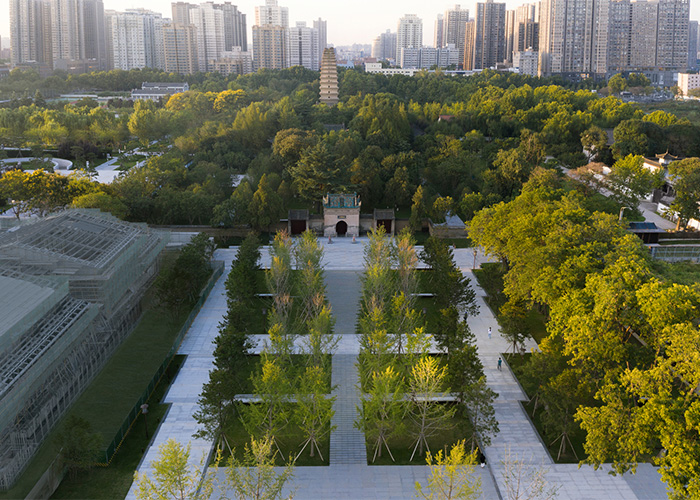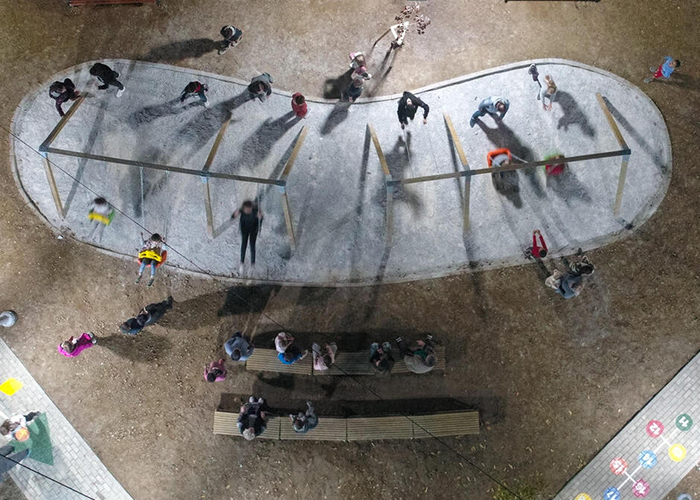Strategic green spaces: How to make the most of their cooling effects We’re all aware of the cooling effects of green spaces for mitigating the climate crisis in cities. However ArchDaily’s writer Maria-Cristina Florian writes that greening and cooling strategies should consider how to improve climate outcomes beyond simply achieving ‘green coverage’. Strategic planning is a prerequisite in ensuring green spaces create the most impact for urban environments. Florian explores three strategies to optimise cooling effects: Green corridors and climatological planning Florian emphasises the importance of understanding, protecting and harmonising with the natural world surrounding a city. She references a meteorological study from 1939 in Stuttgard, Germany, which found that the city’s position in a valley basin with low wind speeds, combined with heavy industrialisation, were causing poor air quality. …
streetchat

ArchDaily
Rise of the metaverse: ‘Metaverse,’ a term from the 1992 novel Snow Crash, in which people live as avatars in a three dimensional world, has recently hit the zeitgeist referring to virtual worlds in a burgeoning next phase of the internet. Architects, writes Chloe Sun for ArchDaily, could be facing crises in the physical world due to constraints of factors such as structure, and management, that limit the possibility of the discipline. The wake of COVID-19, she says, may further catalyse the rise of the digital alternatives to brick-and-mortar shops, houses and offices. The NFT industry also is rapidly growing, and unique digital creations, Sun says, are not limited to traditional visual art, but include digital architecture and landscape architecture. “Toronto-based artist Krista Kim has sold the first NFT-backed digital …
12 Principles for an Effective Urban Response to Covid-19: UN-Habitat, the United Nations agency for human settlements and sustainable urban development, has developed 12 key principles to help local and national governments to prevent the spread of the virus and build preparedness for the future. The principles relate to accessibility, flexibility, design, management and maintenance, connectivity, and equitable distribution, and cover short, medium and long-term interventions. Read about them on ArchDaily. One in four cities cannot afford climate crisis protection measures: One in four cities around the world lack the money to protect themselves against climate breakdown, even though more than 90% are facing serious risks, according to research by the Carbon Disclosure Project. A survey of 800 cities found that 43%, representing a combined population of 400 million people, …




